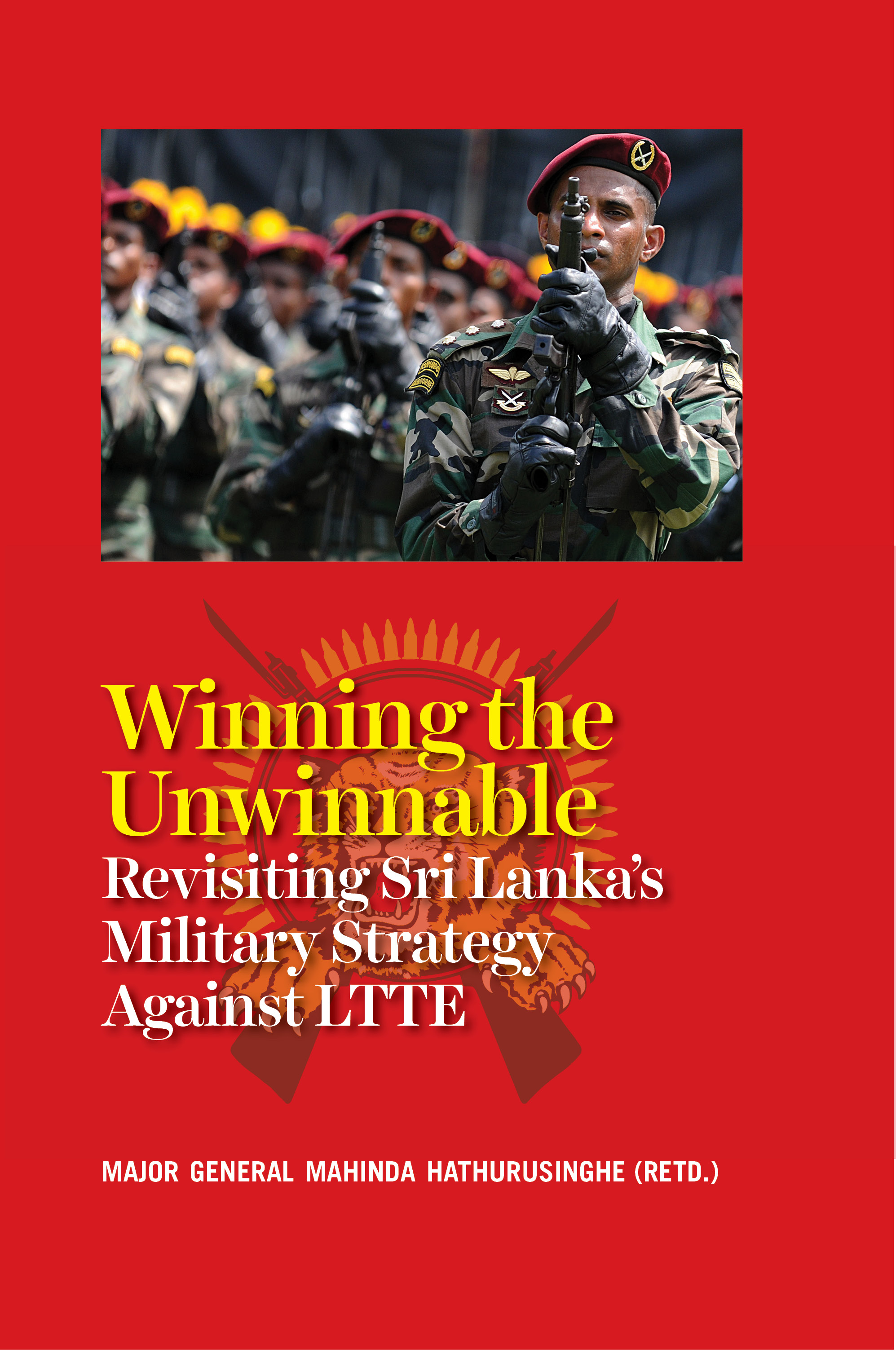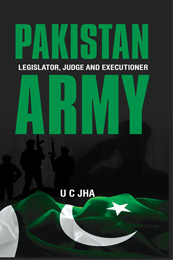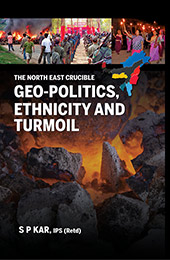Sri Lanka is a nation of multi-ethnic people, where the Sinhalese, Tamils and Muslims have lived peacefully for generations.
The fault lines between the Sinhalese and Tamils that showed up in the modern Sri Lankan conflict were drawn during the period of British colonisation. With the dawn of Independence in 1948, the Sinhalese were empowered with authority to govern. The Tamils were unhappy and felt sidelined.
Suspicion and intermittent riots between the two communities grew and Tamils demanded autonomy in the form of a federal state. Radical sections of the Tamils organised into militant groups to bring pressure on the government.
The situation worsened in the early 1980s and acts of sabotage and disturbances began in the North and East. Though the government initiated peace dialogue, it failed to resolve the issues. India tried to mediate with Liberation Tigers of Tamil Eelam (LTTE) led by Velupillai Prabhakaran, but with no success.
More than 75,000 innocent people perished with a colossal loss of property. Investments were affected and the economy suffered. Tourism, a flourishing industry, was badly affected.
In 2005 a new government came to power. The then President, Mahinda Rajapakse, initiated a round of peace talks with Tigers but failed to make headway. He initiated a strategy called “war for peace.” Sri Lanka thus proved to the world that terrorist wars with “ethnic flavour” could be won.
The Sri Lankan Armed Forces created a benchmark in the history of war-fighting by defeating the most despotic and ruthless terrorist organisation the world has ever seen.
Mahinda Hathurusinghe
Major General Mahinda Hathurusinghe (Retd.) has over 36 years of distinguished service in the Sri Lankan Army. He joined the Army in 1980, and received basic military training from Officer Training Academy in India and Sri Lanka Military Academy in Diyathalawa.
He was posted to the Artillery Regiment as a Second Lieutenant in 1981 and thereon he served the country especially contributing to quell the JVP insurrection in the late 1980s and to defeat the ruthless Liberation Tigers of Tamil Eelam.
During his illustrious military career he served in many important appointments in various capacities. Some of the significant ones were General Staff Officer, Battery Commander, Colonel General Staff, Commanding Officer, Brigade Commander and Division Commander.
He rendered an exceptional service as the Operations Commander Colombo during the crucial period from 2006 to 2008 controlling activities of LTTE. Major General Hathurusinghe’s contribution in post-war reconciliation as the Security Force Commander in Jaffna was remarkable and won many accolades nationally winning admiration from the people as the People’s General in the North for the humanitarian activities he carried out.
His reconciliatory actions were well recognised. The Gusi Peace Foundation in Manila, Philippines accorded him with coveted Gisi International Peace Award in 2010 for his contribution in peace building and humanitarian activities.
Major General Hathurusinghe was awarded many medals for his unblemished military service, among which Long Service Medal for continued active service, Ranasoora Medal for bravery and Desha Puthra Medal for receiving injuries in battle remain noteworthy.
He trained in India, Pakistan and the Philippines, and attended many international seminars and workshops in China, Germany, and Egypt. He graduated with a Masters Degree in National Security Administration from the National Defence University in Manila, Philippines and was awarded the gold medal and enlisted as a most distinguished alumni of the University. Further, he received a Masters Degree in Business Administration (MBA) from Rajarata University of Sri Lanka 2007. He is currently reading for a PhD at University of Colombo.
Contents
Preface
1. The Problem and Its Setting
2. Literature Review and Development of the Research Model
3. Research Methodology
4. Presentation and Analysis of Data
5. Summary, Conclusion and Recommendations
Appendix A: The Man Behind the Winning Strategy in Defeating the LTTE
Appendix B: Final Curtain for Prabhakaran


 Political Science
Political Science



